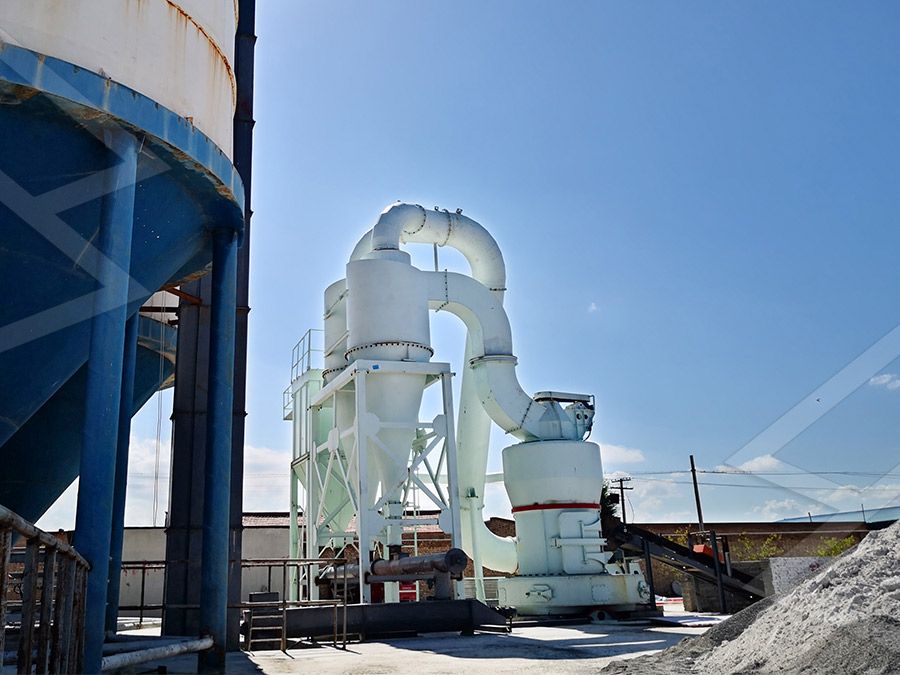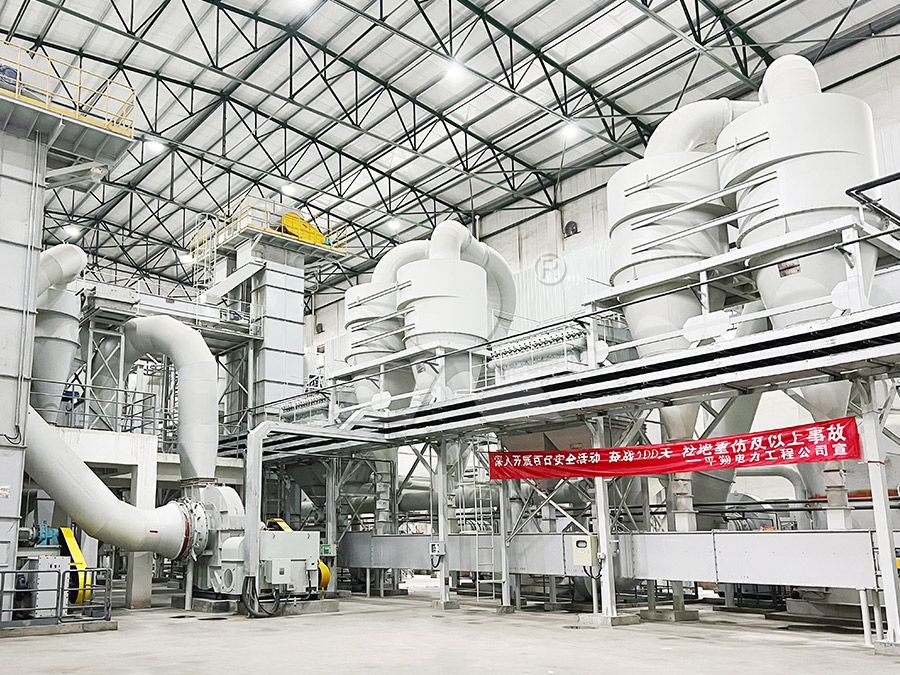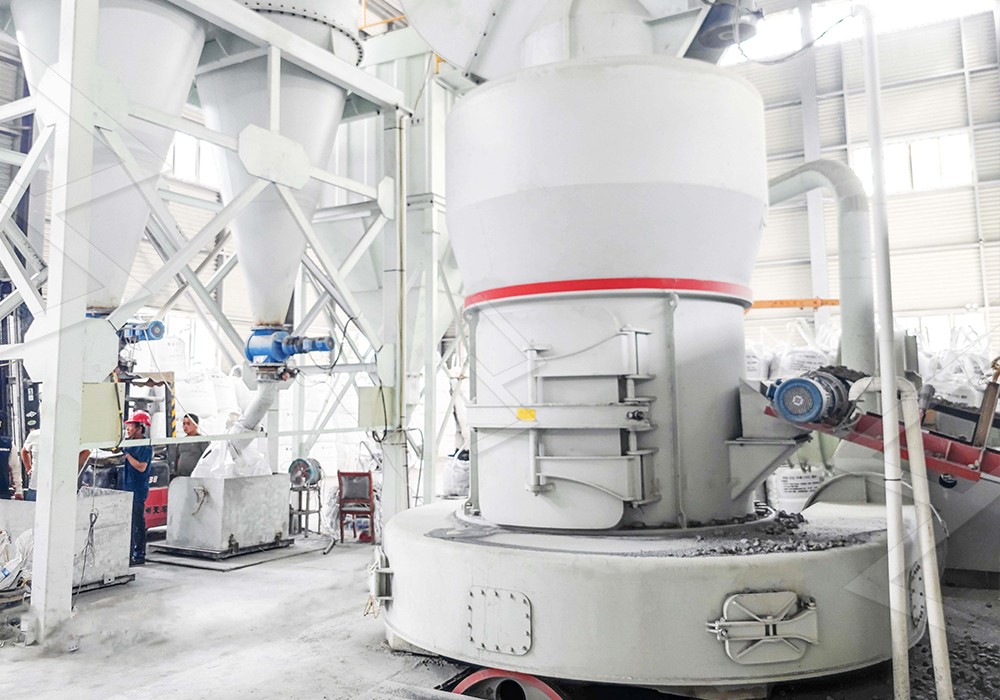High Pressure Raymond Mill Technology and Applications from Germany
We provide a wide range of mills — including Raymond mill, trapezoidal mill, vertical mill, ultrafine mill, and ball mill, obtained ISO9001 international quality certification, EU CE certification, and Customs Union CU-TR certification. Suitable for processing minerals such as limestone, phosphate, quicklime, kaolin, talc, barite, bentonite, calcium carbonate, dolomite, coal, gypsum, clay, carbon black, slag, cement raw materials, cement clinker, and more.
The discharge range of these mills can be adjusted to meet specific processing needs, typically from 80-400 mesh, 600-3250 mesh, and can achieve the finest particle size of up to 6000 mesh(D50).
If you are looking for a reliable grinding solution to turn stone or minerals into fine powder, please feel free to contact our online customer service.
High Pressure Raymond Mill Technology and Applications from Germany
The grinding industry has been revolutionized by the continuous evolution of milling technology, with German engineering playing a pivotal role in advancing high-pressure Raymond mill systems. These sophisticated machines combine precision engineering with robust performance to deliver exceptional results in ultra-fine powder production across various sectors.
Technological Evolution in Grinding Systems
Modern high-pressure Raymond mills incorporate advanced features that significantly enhance operational efficiency while reducing environmental impact. The integration of German-designed cage-type powder selectors has been particularly transformative, enabling unprecedented precision in particle separation and classification. This technology allows for precise fineness adjustment between 325-2500 meshes, achieving remarkable screening rates of d97≤5μm in a single pass.

One of the most significant advancements lies in the elimination of rolling bearings and screws within the grinding chamber. This innovative approach prevents common failure points and eliminates machine damage caused by loose components. External lubrication systems enable continuous 24-hour operation without shutdowns for maintenance, dramatically improving productivity and reducing operational costs.
Environmental Considerations and Operational Efficiency
Contemporary milling systems prioritize environmental sustainability through integrated pulse dust collectors and advanced muffling systems. These features effectively contain dust pollution and reduce noise levels to comply with stringent international environmental standards. The closed-system design ensures that entire production processes maintain negative pressure, preventing any material leakage while optimizing energy consumption.
For operations requiring superior ultra-fine grinding capabilities, we particularly recommend our MW Ultrafine Grinding Mill. This exceptional machine handles input sizes of 0-20 mm with capacities ranging from 0.5-25 tph, making it ideal for processing materials including limestone, calcite, dolomite, petroleum coal, gypsum, and various chemical industry applications. Its innovative design features higher yielding rates with 40% greater production capacity compared to jet grinding mills while consuming 30% less energy.

Advanced Control Systems and Automation
The incorporation of PLC control systems and digital processing technologies represents another leap forward in milling technology. Dozens of numerical controlling machine tools ensure high precision manufacturing, particularly for core components. Operators can accurately control grinding pressure, revolution speed, and other critical parameters through intuitive interfaces, enabling perfect adaptation to varying production demands.
Another outstanding solution in our portfolio is the LUM Ultrafine Vertical Grinding Mill, which handles input sizes of 0-10 mm with capacities of 5-18 tph. This mill integrates the latest Taiwanese grinding roller technology with German powder separating technology, featuring unique roller shell and lining plate grinding curves that prevent material lingering and repeated grinding issues. Its reversible structure and hydraulic adjustment system facilitate easier maintenance operations, significantly reducing downtime.
Applications Across Industries
The versatility of modern high-pressure Raymond mills enables their application across diverse industries including pharmaceuticals, cosmetics, food additives, construction materials, and chemical processing. The ability to process materials to specific fineness requirements while maintaining consistent quality makes these systems invaluable for premium powder production.

As technology continues to evolve, the integration of IoT capabilities and predictive maintenance features further enhances the reliability and efficiency of these grinding systems. Remote monitoring and automated adjustment capabilities ensure optimal performance while minimizing human intervention, representing the future of industrial grinding technology.
The marriage of German precision engineering with robust manufacturing principles has created grinding solutions that set new standards in efficiency, environmental responsibility, and operational reliability. These advanced mills continue to push the boundaries of what’s possible in ultra-fine powder production, delivering exceptional value across countless industrial applications.
